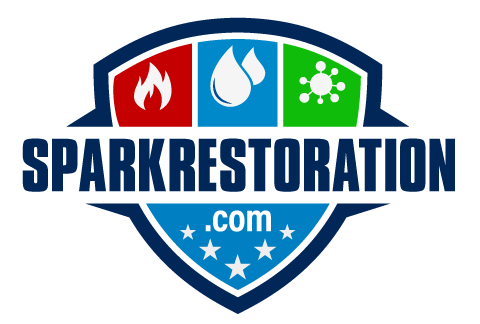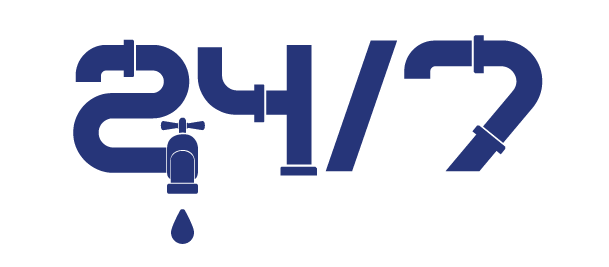Even the best-equipped house or property-managed properties may face unexpected conditions and hazards resulting from water damage. Water, if left unattended, may cause catastrophic damage to property over hours if not treated.
It is just one of the several instances of why catastrophic water damage needs expert treatment and restorations using commercial techniques and technology.
The very first stage in water damage restoration involves determining the kind of water damage. After that, a skilled water damage contractor will tailor their treatment plan and rehabilitation approach to each case.
To better explain the system for water damage restoration, take into account three categories of water damage, its corresponding concerns, and an explanation of a typical water damage repair case.
CATEGORIES OF WATER DAMAGE
Water damage can be categorized in various ways, which can aid in determining the true cause. It is critical to understand the magnitude of water damage in your home. Throughout this sense, it can help in the quick implementation of appropriate repair methods.
FIRST CATEGORY: CLEAN WATER
The first category of water damage is caused by clean water, including leaky pipelines, a gushing sink, perhaps rainfall. This category signifies that health hazards are low if the issue resolves in fewer than 48 hours. When it is not addressed within this time frame, the water-damaged components may be exposed to multiple pollutants, causing the water damage to escalate from the first category to the second condition.
SECOND CATEGORY: GREYWATER
This category of water damage includes greywater through machine outputs, including hazardous substances such as bleach, detergent, and soaps. Since greywater might facilitate bacteria multiplication, this water damage classification can provide moderate to severe pollution concerns to people affected.
In fact, like with any type of water damage, the gravity of the condition will worsen over time. In this case, please ensure if you, your household, or your personnel are cautious since both, directly and indirectly, contact to greywater damages can be hazardous to your general health and properties.
THIRD CATEGORY: BLACKWATER
The most critical form of water damage, category 3, contains black water from sewerage or wastewater carrying oil, grease, excrement, and other contaminants. This form of water damage is dangerous because it rapidly accumulates viruses, parasites, and other deadly allergens.
According to studies, over 90% of people are at risk of acquiring a disease or sickness as a result of close or indirect contact with black water. Once treated with black water, extra caution is required, and it is recommended to enlist the help of specialists.
THINGS NEED TO CONSIDER
- Health and protection. The most important consideration when dealing with water damage is, naturally, the health and wellbeing of the estate’s residents. When the case looks to be out of hand at a certain point, ensure that all family members and staff leave the premises as quickly as possible.
- Control. Next, take the opportunity to locate and control the cause of the water damage. Do you have a damaged or leaky pipe? While you are waiting for the specialists, cover the area with watertight adhesive to avoid further damage.
- Seize the opportunity. If it’s appropriate and safe, relocate all furnishings and several other objects prone to further damages by water into a dry location for safekeeping. If either of these comes to contact with water and is drenched, these are susceptible to cause microbial contamination if not thoroughly cleaned.
SIGNS THAT YOU NEED SERVICES FROM WATER DAMAGE RESTORATION EXPERTS
- INFESTATION OF MOLD. Mold growth is indeed one of the earliest indicators of water damage. Consider yourself fortunate if you can spot the tell-tale indication of a mold infestation. However, mold may hide in unexpected areas, such as between walls or behind floors, finding it challenging to detect.
- FIZZING OR BREAKING WALL PAINT. When there is a leakage underneath a wall, anyone can observe noticeable changes upon the surface of the wall. If a water leak worsens, paintings or wallpapers will tend to bubble and blister and eventually peel and disintegrate.
- FLOOR PROBLEMS. An additional indicator of water damage is visible on the flooring of your house. If water accumulates under any flooring, you might observe the laminated or hardwood floor warping or buckling, or your jointed tiles getting loose and shifting slightly in position.
- STRANGE WATER-DRIPPING SOUNDS. Water damage is seen and smelled, but it may also be heard. Unexpectedly, if you hear leaking or dripping water, you most likely have a leakage. Certainly, water goes, spews, and leaks throughout your pipes frequently, but keep an ear out for other new or changing noises that do not fit within the normal sounds.
- DISCOLORATION. When filthy water flows down from the ceiling of your home, it frequently leaves stains behind. If you notice brown smears on the corners of your house, this might be a symptom of an overrun of gutters or a roof that isn’t flowing efficiently. The gutters may be clogged with debris and trash, and thus have them inspected before you’ve had a major issue on your own.
RESTORATION TIPS FOR WATER DAMAGE
Here are some immediate things that you can do before you call any professional help in helping you restore your water pipes.
- Mop the area and blot places with maximum absorption to remove moisture. When the flooded area contains furniture and precious goods such as paintings or technological equipment, these objects must be relocated to a secure location. Rugs and carpeting must be pulled as soon as possible and spread out to dry.
- If a water leak happens during the summer, open windows and doors to allow air to help dry the damp area. To accelerate drying, open any closed chambers such as closets and cupboards. Soaked fabrics must be hung up to dry.
- The water-damaged ceiling must be repaired as soon as possible since it might collapse owing to gravity, causing accidents and severe damage. Look for the cause of cracks in the ceiling and roof and fix them as soon as possible.
- Materials, such as sofa, carpets, and insulators, are often the most vulnerable to water leakage. Other polymers that can decay when immersed in water include plasterboard, uncoated cement, and lumber. When you leave these things there in the water for such an extended period, you might even have to replace them entirely.
- Water leakages can be repaired by professionals efficiently. In addition to their professional capabilities, they provide high-powered apparatus that can fix water ingress in a couple of days.
- Since they help in the airflow inside the location, air movers are particularly effective in facilitating quick drying off surfaces such as damp floors and damp walls. Dehumidifiers speed up drying by eliminating moisture in the air, while air scrubbers reestablish cleanliness and safety by eliminating musty odors associated with mold.
TAKEAWAY
There is so much to learn more regarding the water mitigation process, covering flooding and sewer damages restorations, it’s often advised that water damage restoration and maintenance be entrusted to highly qualified professionals.
Certified water damage services and professionals have the skills and ability to repair water damage in a safety, time-saving, and cost-efficient manner. To embark on these tasks, sufficient training in procedures and safety precautions, including adequate equipment, is required.
Indeed, with their services, you can say goodbye to water damage in no time.

